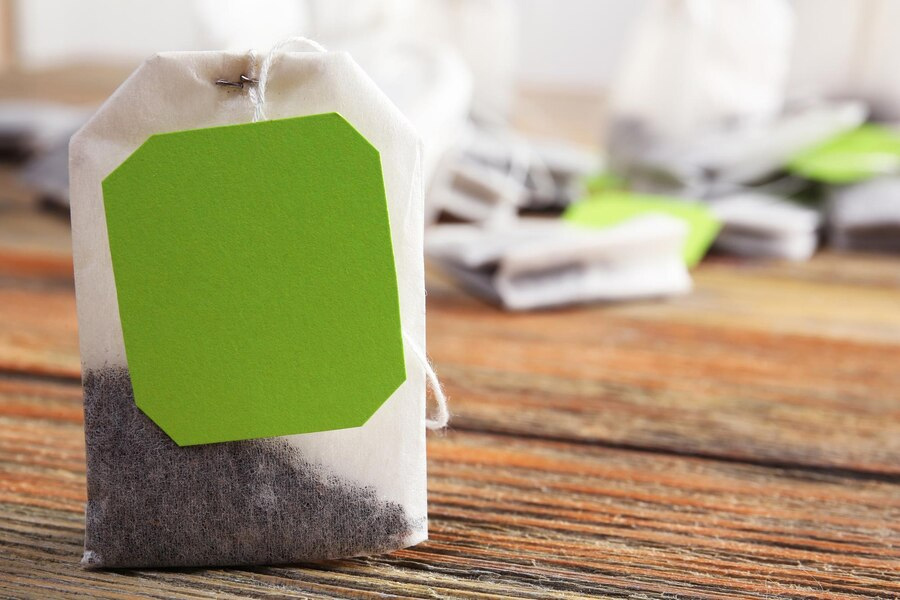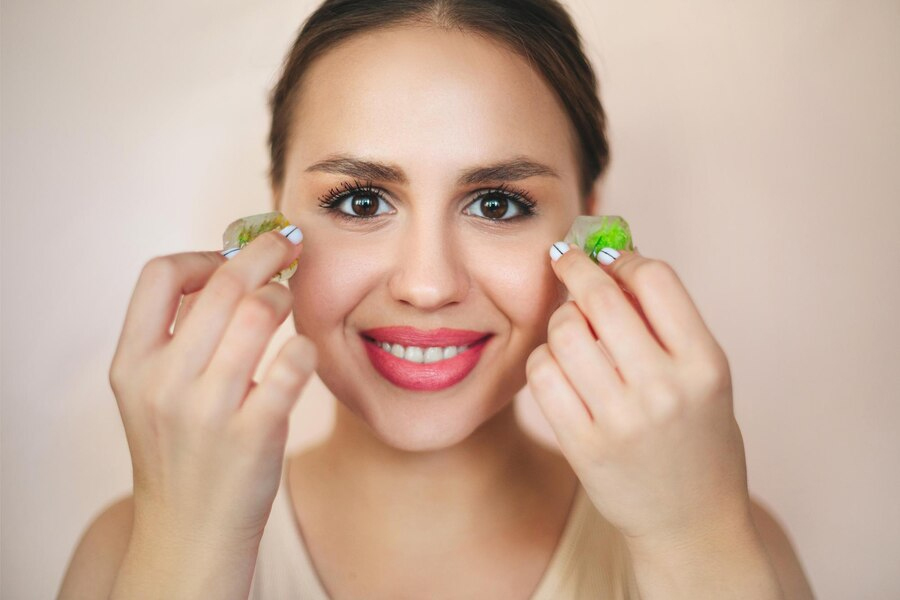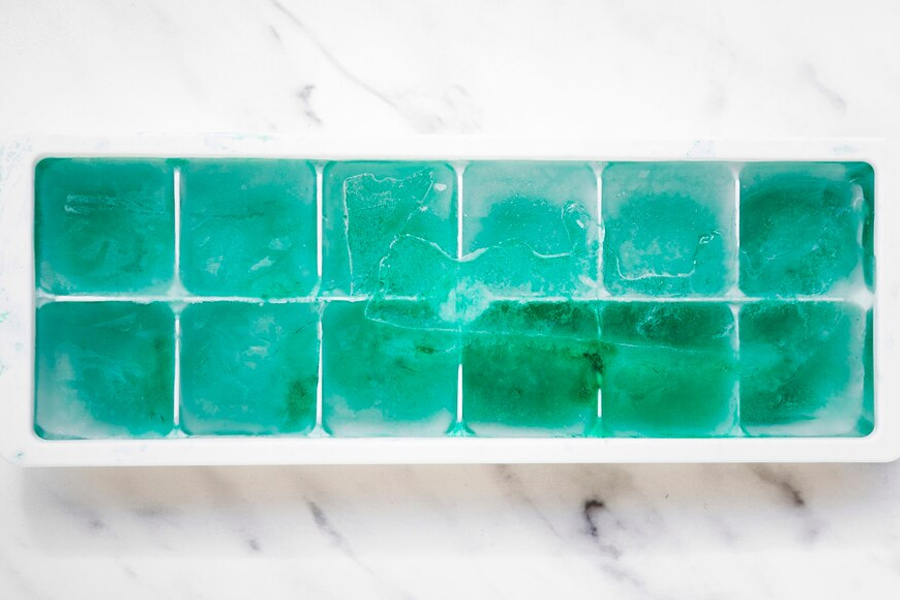
Waking up to puffy eyes can seem like a nightmare when you need to step out looking well-groomed. At such times, our mind wanders looking for easy yet effective tips that can refresh your under-eye area. One effective remedy is green tea ice cubes that contain anti-inflammatory and antioxidant properties. In this article, we explain its benefits and how to make and use these green tea ice cubes.
Table of Content:-
Benefits Of Green Tea For Reducing Eye Puffiness
Green tea contains compounds like polyphenols, catechins, and caffeine, all of which work wonders for the skin. Here’s how it helps:

- Reduces Inflammation: The anti-inflammatory properties of green tea help calm swollen or irritated skin, making it perfect for addressing puffiness.
- Boosts Circulation: Caffeine boosts blood flow, reducing the buildup of fluid that causes puffiness and dark circles.
- Provides Antioxidant Protection: The antioxidants in green tea combat free radicals, preventing premature skin ageing and promoting a youthful glow.
According to a 2024 study, the caffeine in green tea reduces under-eye swelling and puffiness. This is because caffeine helps in blood vessel constriction.
When frozen into ice cubes, green tea combines its skin-soothing benefits with the cooling effect of ice, further enhancing its ability to de-puff the delicate under-eye area.
Also Read: Do You Wake Up To Puffy Eyes? Here Are Its Causes And Home Remedies To Treat It
How To Make Green Ice Cubes For Puffy Eyes?
Ingredients Required

- Green tea bags or loose green tea leaves
- Filtered water
- An ice cube tray
- A clean, soft cloth or paper towel (optional for application)
Instructions

- Brew the Tea: Take one cup of filtered water and heat it. Next, steep 1-2 green tea bags or one tablespoon of loose green tea for about five minutes. Let the tea cool at room temperature.
- Pour the Tea: Once the tea has cooled, pour it into an ice cube tray. Fill each section halfway to ensure the cubes are a manageable size for the under-eye area.
- Freeze: Place the tray in the freezer and allow the tea to freeze completely, which typically takes 3–4 hours.
- Clean Your Face: Start with a clean face, removing makeup or dirt around the eyes.
- Wrap the Ice Cube: To avoid direct contact with your skin, wrap the green tea ice cube in a soft cloth or paper towel. Direct application is fine for short periods but may be too cold for sensitive skin.
- Apply to the Under-Eye Area: Gently glide the ice cube along the under-eye area in a circular motion. Avoid pressing too hard or holding it in one spot for too long to prevent skin irritation.
- Limit Application Time: Use the ice cube for 1–2 minutes per eye. Overuse can cause temporary redness or discomfort.
- Pat Dry: After application, gently pat the under-eye area dry with a clean towel.
- Moisturise: Apply a hydrating eye cream or serum to lock in moisture and enhance the soothing effects.
Also Read: Lymphatic Drainage Massage For Face: Know Tips To Massage For Effective Results
Tips for Optimal Results

- Consistency is Key: Regular use of green tea ice cubes can improve overall skin texture and reduce puffiness over time.
- Use Fresh Ingredients: Always prepare fresh green tea for your ice cubes to ensure maximum benefits.
- Patch Test First: If you have sensitive skin, test the green tea on a small area before using it on your face.
- Combine with Other Remedies: Pair this treatment with good hydration, adequate sleep, and a balanced diet for comprehensive under-eye care.
[Disclaimer: This article contains information for informational purposes only. Hence, we advise you to consult your professional if you are dealing with any health issues to avoid complications.]
Also watch this video
How we keep this article up to date:
We work with experts and keep a close eye on the latest in health and wellness. Whenever there is a new research or helpful information, we update our articles with accurate and useful advice.
Current Version